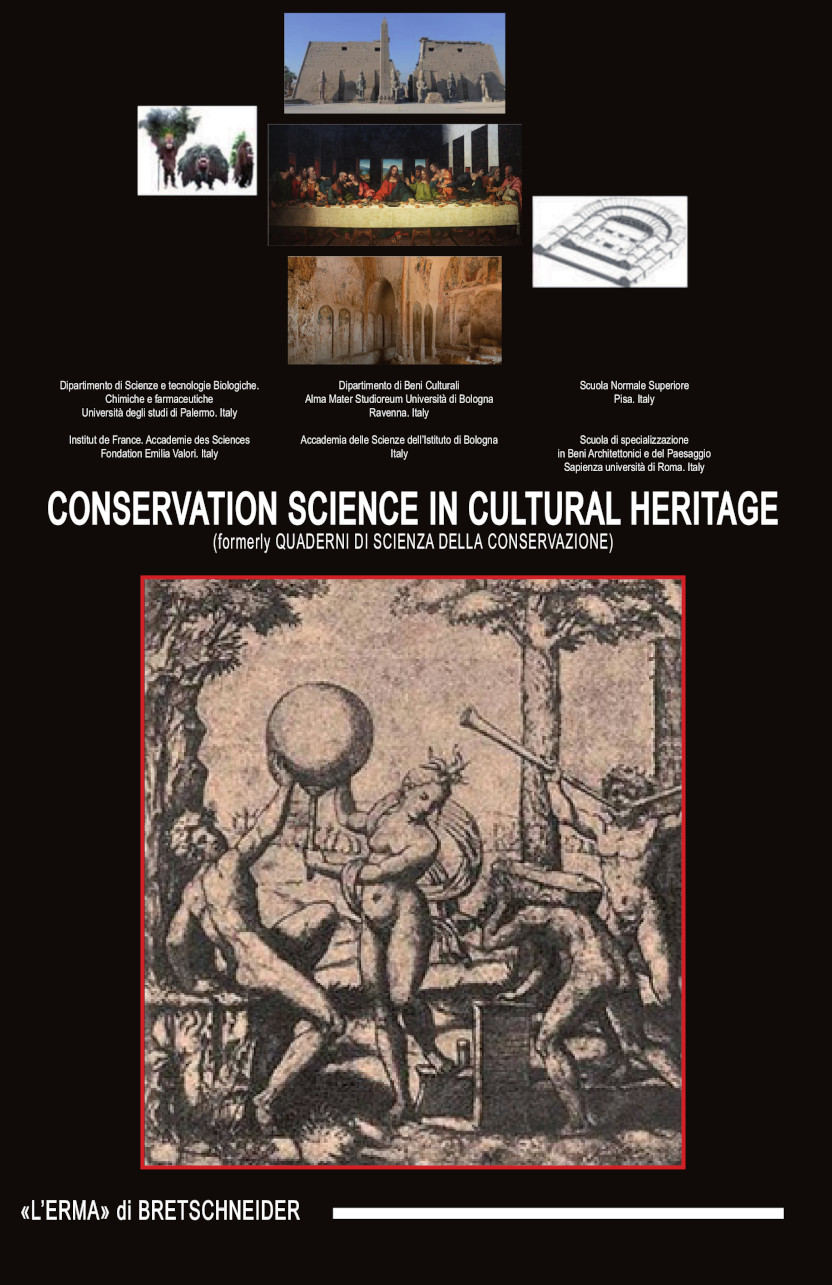Tourists’ Attitude Towards Cultural Heritage and their Willingness to Pay to Visit: a Case Study of Lahore, Pakistan
DOI:
https://doi.org/10.6092/issn.1973-9494/12794Keywords:
cultural heritage, tourism, willingness to pay, LahoreAbstract
Tourists’ interest in traveling to Lahore (more specifically to the Badshahi Mosque and the Royal fort) has increased in recent years and is expected to continue. Despite this, very few facts are known about an individual's attitude towards cultural heritage. This study looks at the pre- and post- visit factors that encourage tourists to come to the cultural heritage sites and also identifies variables that help to estimate their willingness to pay (WTP) for admission to visit them. The data from 200 tourists was collected through a well-prepared questionnaire and then used in the final analysis. The contingent valuation method (CVM), considered to be the most useful, with a dichotomous choice question, was used to estimate the WTP. Two models were used in estimating the WTP, i.e. binary regression and ordinary least squares (OLS). The findings acknowledged that tourists were interested in retaining happy memories, experiences and knowledge through the visit. More than 75% of the tourists were willing to pay for cultural heritage, had a positive attitude toward it and would like to visit these destinations again. Tourists’ income was a positive and significant determiner of WTP; the total cost of the visit and environmental issues were negatively related to WTP. As tourism provides an important source of income, the findings of this study point to some practical recommendations that may be implemented in the future by local authorities.
Downloads
Published
How to Cite
Issue
Section
License
Copyright (c) 2021 Muhammad Hassan Mahboob, Muhammad Ashfaq, Rao Aamir Khan, Yasir Kamal, Asad Afzal Humayon

This work is licensed under a Creative Commons Attribution 3.0 Unported License.





